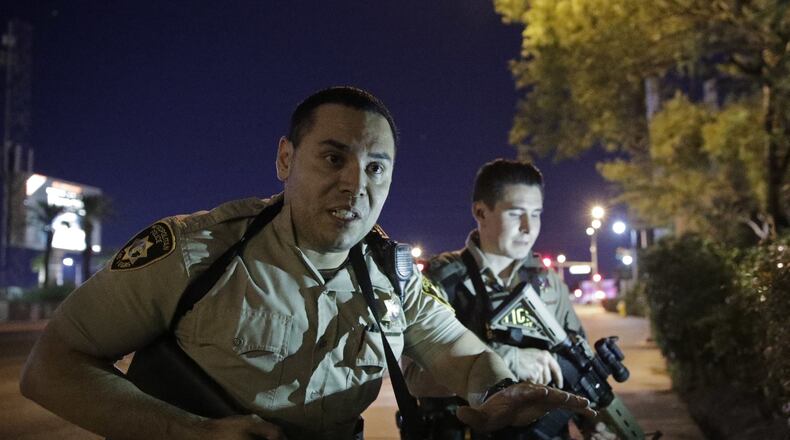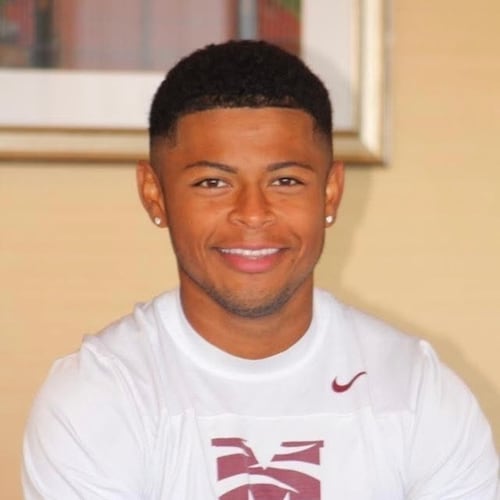In 1966, the scene at the University of Texas stunned the nation, as television captured a sniper in a bell tower firing round after round. It went on for more than an hour, ending with the deaths of more than a dozen and the wounding of at least twice that number.
A half century later, some names — Columbine in Colorado, Virginia Tech, Sandy Hook in Connecticut and Umpqua in Oregon— have taken new meaning that in a better world would seem absurd. The schools and colleges, places of self-improvement and collective enlightenment, have come to connote dread, sadness and maybe even cynicism about the human condition, and the political one.
As schools became a locus of carnage, federal dollars were committed for training and hardware. As with many things, the concern was cyclical, though. Schools got money to buy security cameras, for instance, “and then two or three years down the road, the cameras weren’t working,” Cleveland-based security consultant Ken Trump said. There wasn’t money to maintain them.
So as the nation contemplates what just happened in Las Vegas, are schools safer than in 1966? How can one hope to secure a place that wasn’t built to military standards, and how would society pay for it even if that’s what most would want when education already consumes the majority of Georgia’s budget?
About the Author
Keep Reading
The Latest
Featured



